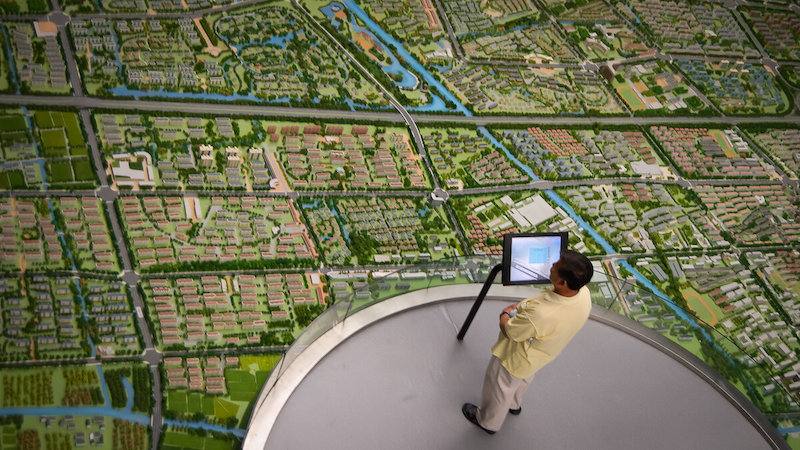
Sustainable Building: Revolutionizing the Future of Construction
Standards and Regulations Guiding Sustainable Building Development
Climate change, sustainability, and construction intersect, forming a critical juncture.
Today’s construction managers must implement new policies to achieve sustainability goals. Otherwise, the worsening effects of climate change may be irreversible. Fortunately, new standards have been developed, providing a framework for future projects.
Leadership in Energy and Environmental Design Certification
One of the first major developments in sustainable design occurred in 1989 at the American Institute of Architects.
Bob Berkebile petitioned them that year, founding the AIA Committee on the Environment. Eventually, this organization would form LEED and begin offering LEED certifications. This certification is the most widely accepted green building rating system in the whole world.
However, the process can be complicated, although help is available. Zero Waste International Alliance ( ZWIA) has created a new concept for a truly sustainable economic approach. At its core, it focuses on designing economies with no waste production.
A zero waste economy revolves around closed-loop systems, which minimize pollutant discharges. In addition, they involve political and community metrics, incorporating both elements.
These designers build cradle-to-cradle systems, keeping resources in the system longer.
Contract Bonds
Construction bonds are issued to hold projects accountable. These share functions similar to other bonds, binding bondholders to contractual obligations.
For example, the Miller Act requires a construction bond for all projects over $150,000. Now, many companies are issued site improvement bonds when they work on improvements.
Consequently, they must guarantee a structure will be brought up to date.
Bureau of Reclamation
The Bureau of Reclamation curates lists of applicable legislation for sustainable design.
For example, the High Performance and Sustainable Building Memorandum of Understanding are listed. This was signed by over 20 federal agencies, and it specifies five guiding principles.
Additionally, Executive Order 13423 will require up to 15 percent of existing federal buildings to use these standards. Sustainable Housing Initiatives HUD maintains resources for supporting sustainable development, listing them online.
Nevertheless, many remain unaware of these subsidies and fail to use them. The Energy Performance Contracting subsidy is a financing technique that incentivizes energy efficiency.
Builders can utilize this credit to offset the cost of energy conservation installations. Therefore, it will help them be compensated for the upgraded infrastructure.
Normally, the performance contractor must bear the cost of the improvements. However, they will be paid back out of the energy savings, reducing overall expenses.
Executive Order 13834
The Office of Legacy Management maintains additional standards, following federal guidelines. The Efficient Federal Operations EO has defined specific guidelines that must be followed.
As a result, this organization will evaluate building progress and sustainable building baselines. Moreover, they will monitor and report regional planning performance.
This incorporates tracking metrics for water and energy utilities, reducing waste.
Energy Independence and Security Act
The US General Services Administration has released environmental legislation to guide developments. The Energy Independence and Security Act of 2007 established more than one requirement.
Thus, GSA buildings must reduce their fossil-fuel-generated energy consumption by 100 percent before 2030. To accomplish these goals, they will apply sustainability focused design principles.
Energy Policy Act of 2005
Similarly, the Energy Policy Act of 2005 addressed domestic energy production. By using GSA’s 2020 Energy Use Target Guidance, builders can meet energy usage intensity targets.
This guidance has included simple-to-understand flowcharts, streamlining compliance with energy efficiency laws. Moreover, this guide will provide assistance with modernization projects.
Developing Sustainable Architecture
The construction industry continues to be a cornerstone of the national economy. By implementing new policies here, developers can contribute to a sustainable world.
However, they must follow the latest developments to achieve these goals. Luckily, there is more and more technology being released to assist builders.
